- Table of Contents
- Intro
- When It Matters
- Our Tests
- Conclusion
- Comments
A case or pouch protects and transports your headphones. We only evaluate cases included with your original headphone purchase, such as the one that comes with the Sony WH-1000XM4 or Apple AirPods 4. Truly wireless stereo earbuds almost always come with a case for storing and charging the buds. IEM purchases usually also include a case—likely because small earbuds are easy to lose and a little fragile. However, the market is less predictable when it comes to on- or over-ear headphones. Some over-ear audiophile headphones, for instance, are only used for at-home (or studio) listening, so manufacturers may feel a case is an unnecessary expense. There's no obvious rule of thumb here. If you need to know whether a pair of headphones comes with a case, check out that part of the review.
Cases are mostly used to store and transport headphones, so we're especially interested in how easy a case is to carry around and how well it protects its contents from everyday wear and tear, such as scratches or water damage. To determine the score a case receives, we make a subjective judgment about its quality, considering its type (hard, soft, or pouch), size (volume), sturdiness, and usefulness.
Test results
When It Matters
A case or pouch is designed to protect your headphones, which often makes them easier to transport, too. Without one, your headphones may get scratched or damaged in your pocket or bag. A case also helps you keep track of tiny earbuds, which can easily get lost. If you know you'll only be listening at home, a case may not provide much extra value. Still, some cases include useful electronic features such as battery level readouts or wireless transmitters that provide added benefits beyond mere storage and transportation.
Our Tests
We evaluate the type of materials used for the case/pouch and how well the case protects the headphones. We also measure the headphones' carrying device's length, width, and thickness to evaluate its volume.
Subjective Evaluation
Our Case test is one of the few subjective tests we conduct. Because we buy our own products, conducting repeatable examinations of a case's physical sturdiness is cost-prohibitive. Such tests would inevitably break the case, so we'd be unable to conduct further tests without purchasing a new unit.
Therefore, when assigning a case a score, we do so after a subjective evaluation that considers its physical characteristics, electronic capabilities, and other features. While the final assessment is inherently subjective, we follow the same rubric with every case and always include multiple team members in the process. We don't tend to take aesthetics into account—the focus is on usability (though we'll note when we come across a particularly eye-catching example). However, we always compare the case under analysis with existing cases on the market to get a sense of its quality.
Physical Evaluation
We evaluate how well the case protects the headphones, considering the sturdiness of the materials used, the mechanism designed to keep the headphones secure (such as a hinge, zipper, or magnet), and whether the case has an Ingress Protection (IP) rating against water and dust. While we don't perform drop tests, we examine all parts of the case to get a sense of its overall build quality and workmanship. If the case has any internal compartments, we determine how useful and well-built they are. We also measure the case's length, width, and thickness to determine its volume. Again, subjective judgment plays an important role here. For instance, if a case is surprisingly light for its size, that could be a benefit or a flaw, depending on the overall build quality and intended use.
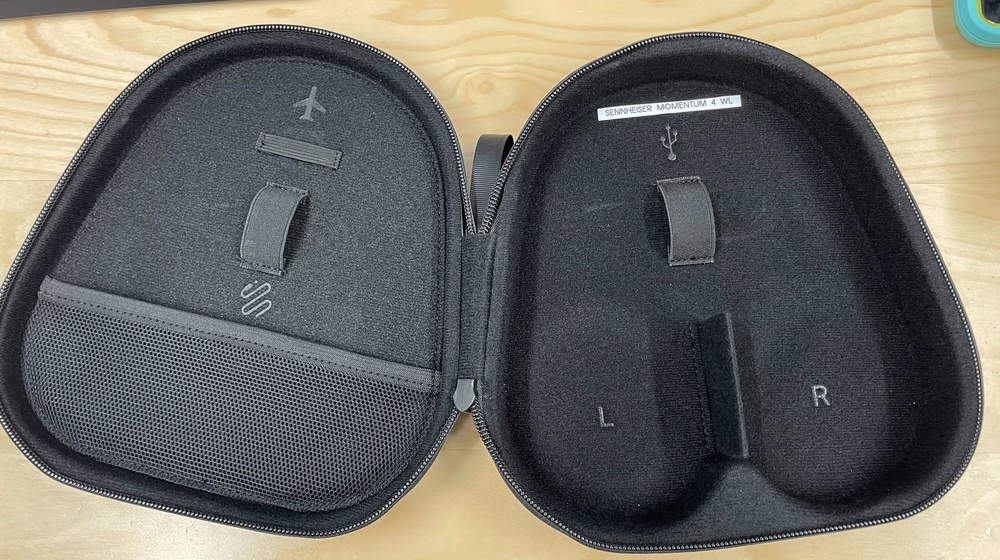 | 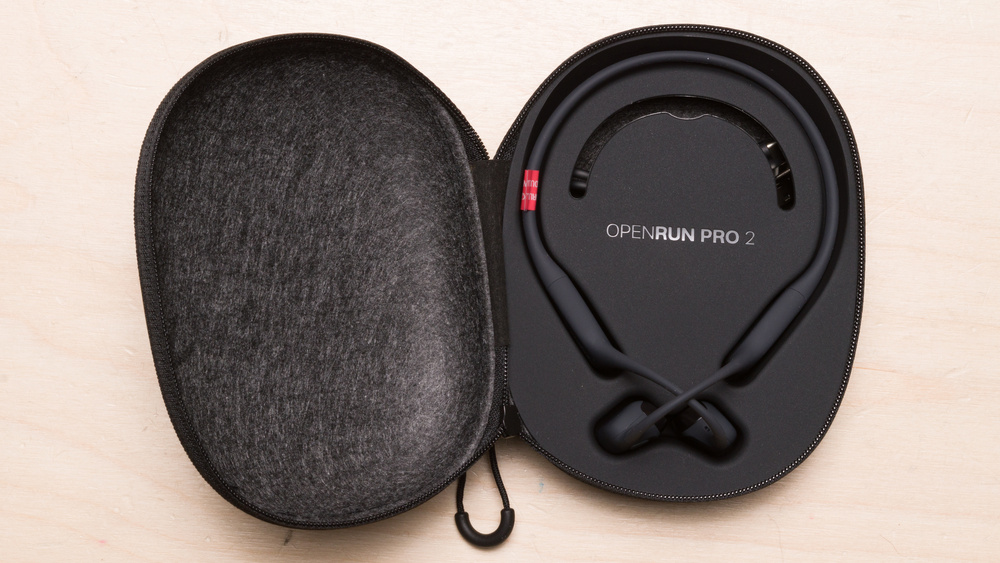 |
Electronics Evaluation
We evaluate any electronic features the case has, such as charging ports, indicator lights (for charging or Bluetooth pairing status), or Bluetooth pairing buttons. We assess the purpose of these features, as well as their build quality and ease of use.
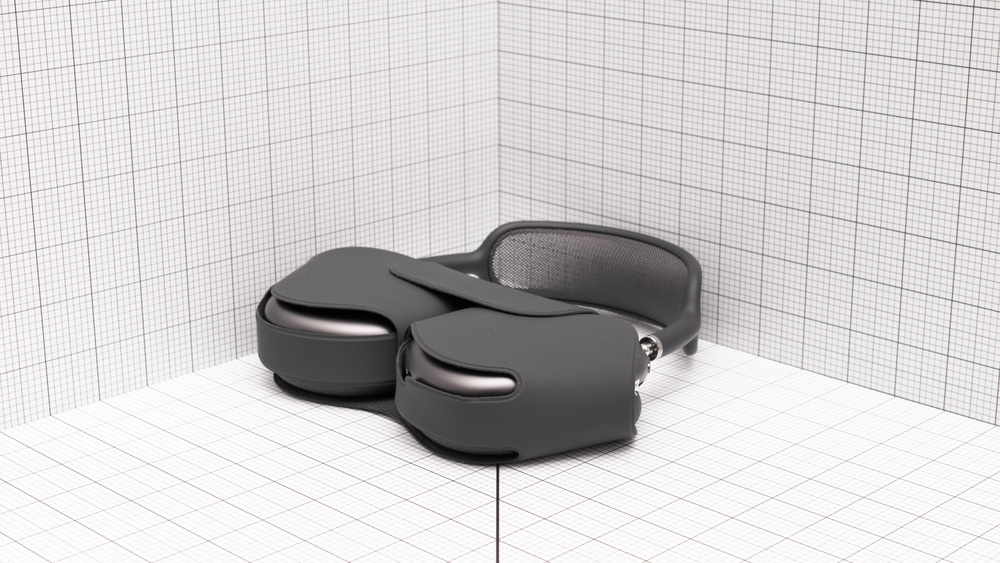 |  |
Special Cases (pun intended)
Some cases include extra features like built-in Bluetooth transmitters (which let you turn a wired-only source into a wireless playback source). Others include support for "Find My..." apps, which can help you locate a lost earbud or a lost case. We'll take those features into account when making a subjective assessment, but we often explore those feature sets more fully in the App or Wireless Dongle section of our reviews.
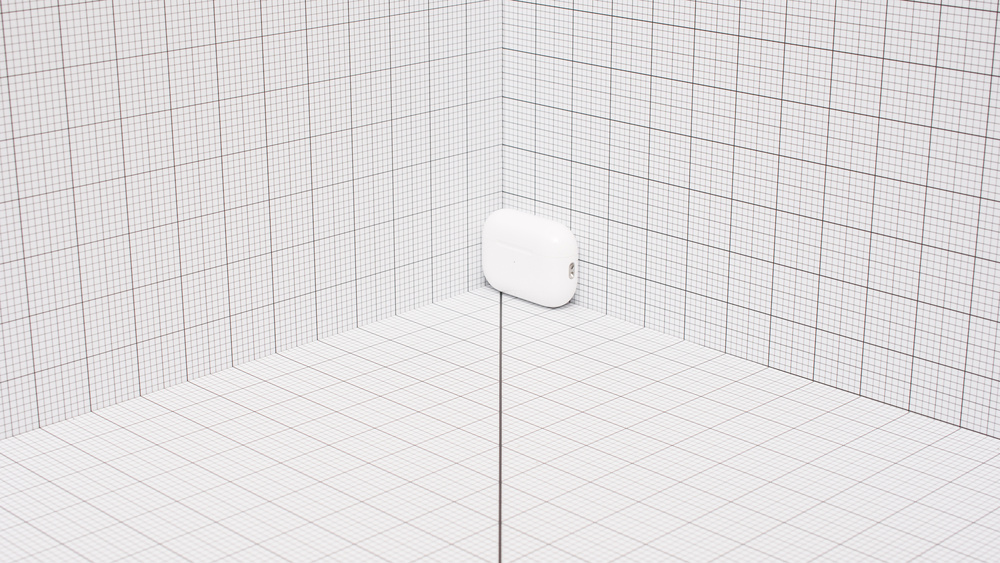 |  |
Type
Casual use headphones, like the Sony WH-1000XM4 Wireless, tend to come with hard cases because you'll often throw them in a backpack to take to work or on a trip. On the other hand, headphones that will probably remain by your listening station or gaming rig, like the Turtle Beach Atlas Air, often come with a soft case or pouch to ward away dust accumulation. These are just general tendencies (the audiophile Audio-Technica ATH-ADX3000 come with a bulky hard case), but they can reflect how manufacturers expect you to use a pair of headphones.
Hard cases typically achieve higher scores than soft cases because they usually offer more protection against scratches, falls, and water damage. Of course, a poorly designed, cumbersome hard case may score worse than an easy-to-use, well-built soft case.
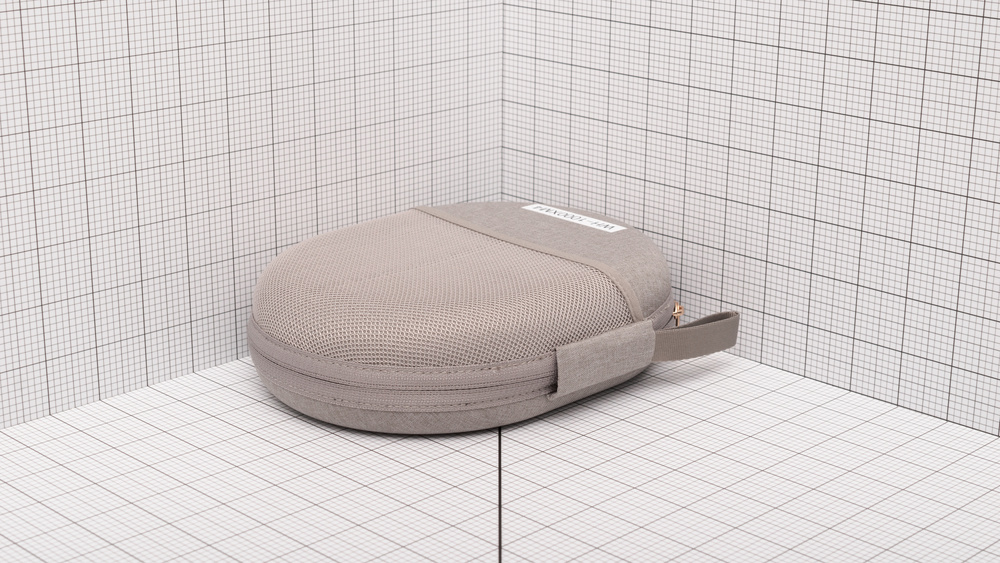 | 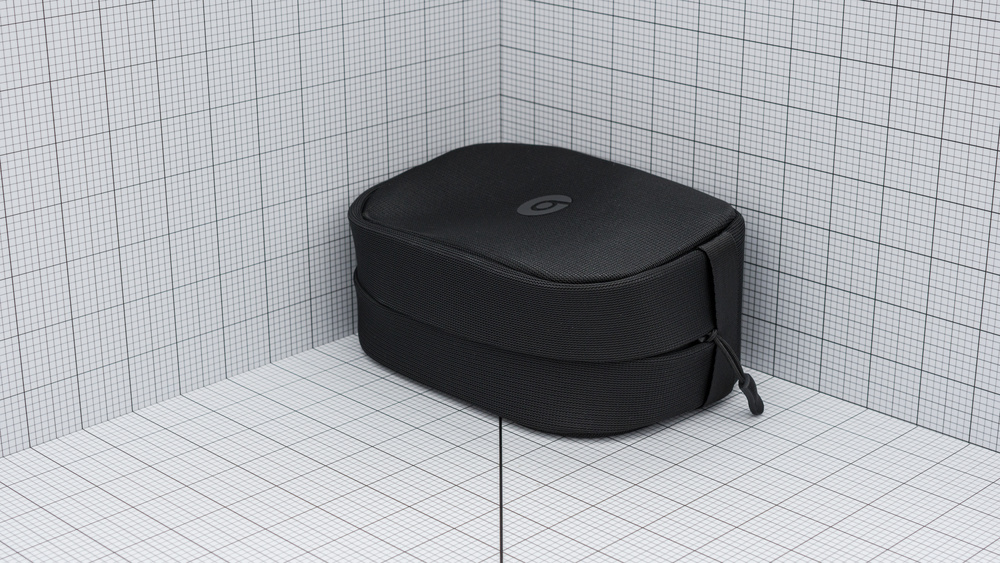 |
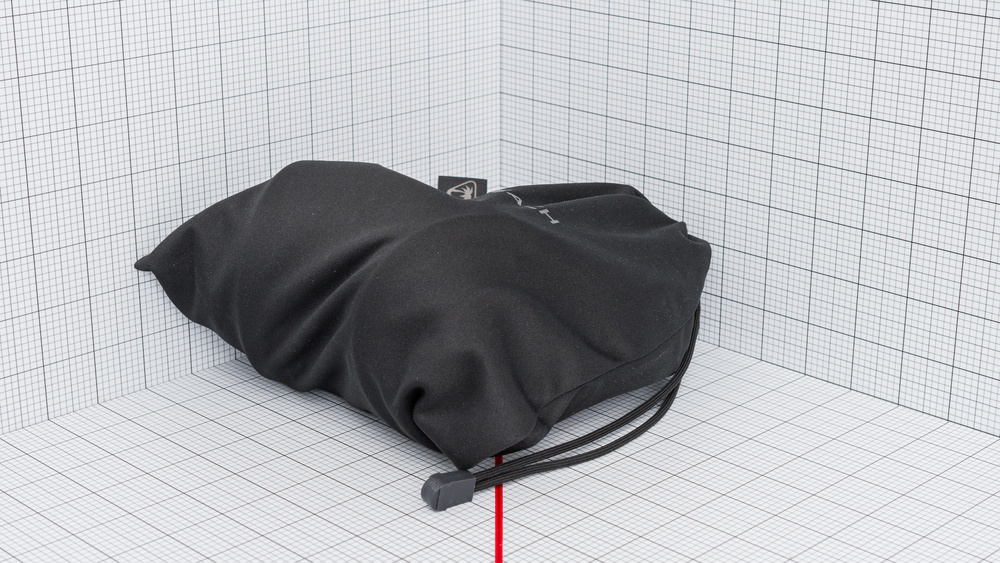 | 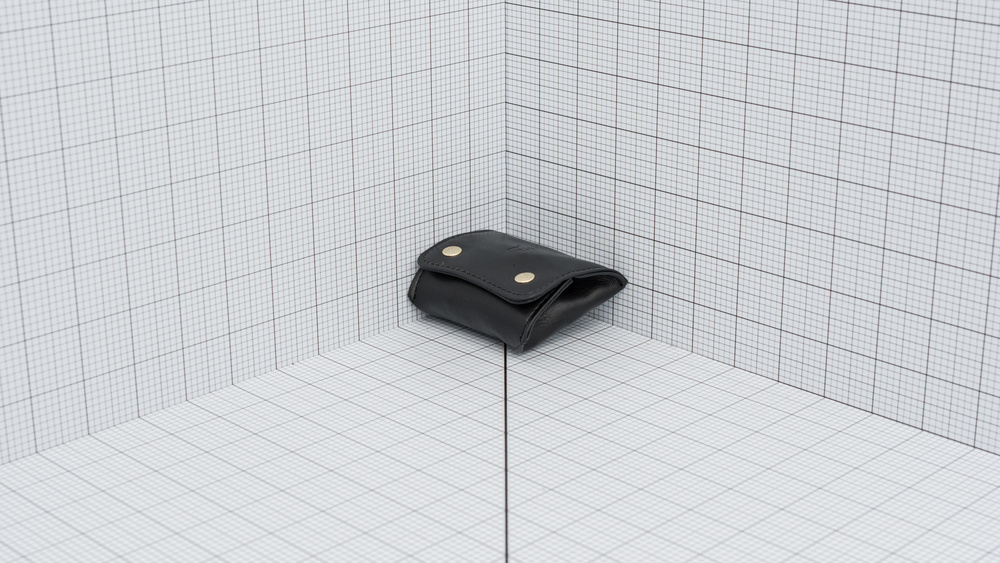 |
Volume
Cases with a smaller volume typically score higher here because they're usually easier to transport. We don't measure pouches by volume because they usually take the shape and size of the headphones within them.
 | 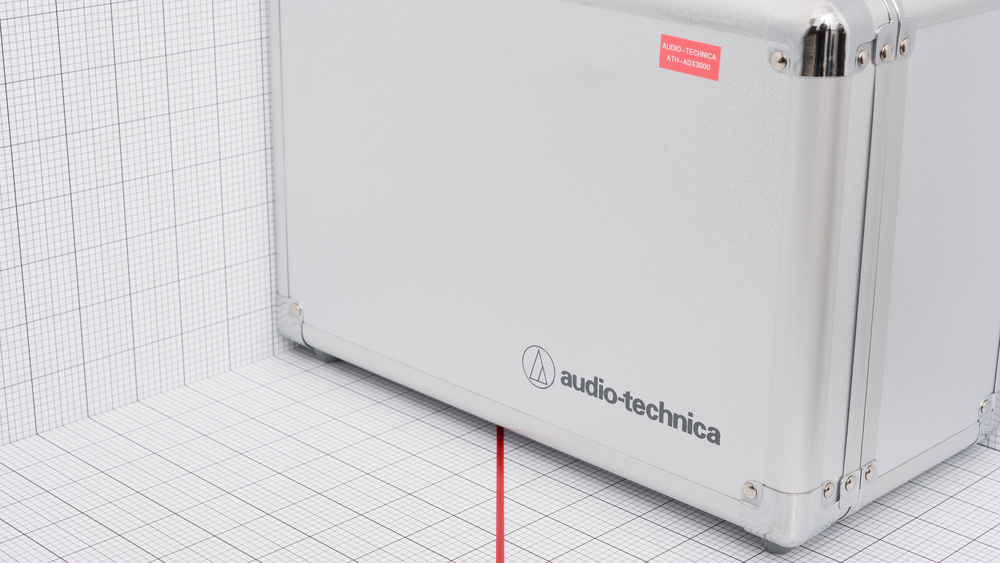 |
Conclusion
Our case score is the result of a subjective decision-making process that accounts for the size, type, sturdiness, and usefulness of a case. We assess how well a case protects your headphones and whether it makes them easier to transport. We also evaluate any electronic features the case may have. If you only plan to use your headphones in one location, a case might not be very important to you, but if you're often on the move, a case can help make your headphones easier to transport while keeping them safe.